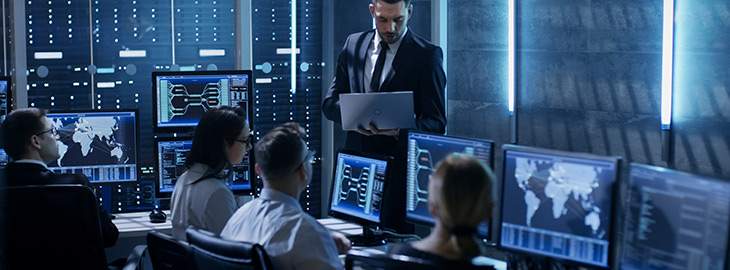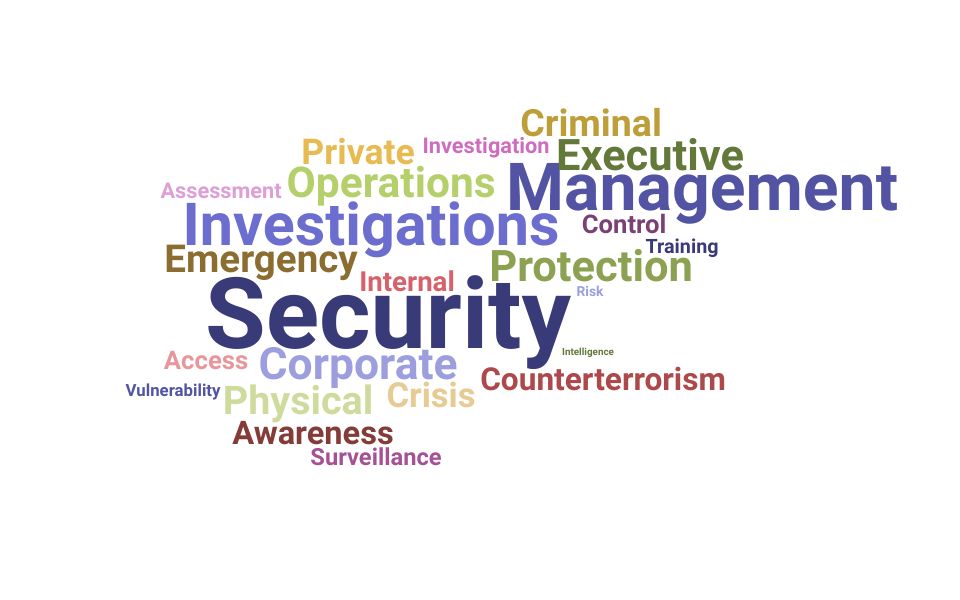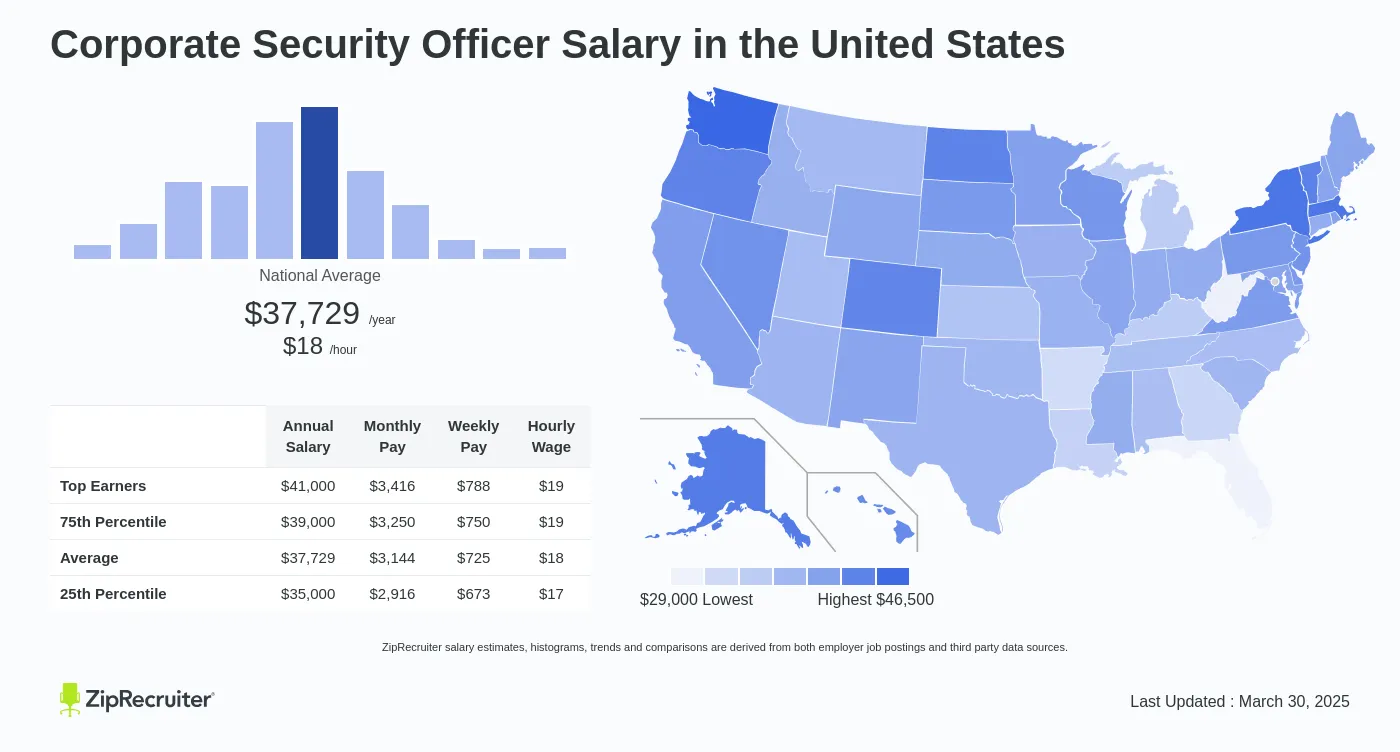Protecting Success: A Deep Dive into Corporate Security Techniques
From Cybersecurity to Physical Procedures: Strengthening Company Protection in a Transforming Globe
By integrating the staminas of both cybersecurity and physical security, companies can produce an extensive defense method that addresses the diverse variety of dangers they deal with. In this discussion, we will check out the changing risk landscape, the requirement to integrate cybersecurity and physical safety, the execution of multi-factor verification actions, the importance of employee awareness and training, and the adaptation of safety actions for remote labor forces. By examining these crucial locations, we will acquire beneficial insights into just how organizations can reinforce their corporate safety in an ever-changing world.
Comprehending the Transforming Risk Landscape
The progressing nature of the modern-day world necessitates an extensive understanding of the changing danger landscape for efficient company protection. In today's digital and interconnected age, hazards to business safety and security have become much more complex and sophisticated. As innovation advances and companies come to be progressively dependent on electronic infrastructure, the potential for cyberattacks, data violations, and other security violations has considerably increased. It is vital for organizations to remain notified and adjust their safety and security gauges to deal with these developing hazards.
One key element of comprehending the changing threat landscape is recognizing the different kinds of hazards that organizations deal with. Cybercriminals are constantly establishing brand-new strategies to make use of susceptabilities in computer system systems and networks. These hazards can range from malware and ransomware attacks to phishing frauds and social engineering methods. In addition, physical threats such as theft, vandalism, and business espionage remain common worries for services.
Tracking and examining the danger landscape is essential in order to identify potential threats and vulnerabilities. This involves remaining upgraded on the most up to date cybersecurity trends, analyzing hazard knowledge reports, and performing normal risk evaluations. By understanding the changing danger landscape, organizations can proactively implement ideal security actions to alleviate risks and protect their properties, online reputation, and stakeholders.
Integrating Cybersecurity and Physical Safety
Integrating cybersecurity and physical protection is critical for detailed corporate defense in today's interconnected and digital landscape. As companies increasingly depend on modern technology and interconnected systems, the borders between physical and cyber threats are becoming obscured. To properly secure against these dangers, a holistic method that incorporates both cybersecurity and physical protection measures is necessary.
Cybersecurity concentrates on securing digital properties, such as information, systems, and networks, from unauthorized accessibility, disruption, and burglary. Physical protection, on the other hand, incorporates measures to protect physical possessions, individuals, and facilities from risks and susceptabilities. By incorporating these 2 domains, organizations can attend to susceptabilities and threats from both physical and digital angles, thus enhancing their overall protection posture.
The integration of these two self-controls enables an extra comprehensive understanding of safety and security dangers and allows a unified feedback to incidents. Physical gain access to controls can be improved by integrating them with cybersecurity procedures, such as two-factor verification or biometric recognition. Likewise, cybersecurity procedures can be matched by physical protection actions, such as security cams, alarm systems, and safe gain access to points.

Carrying Out Multi-Factor Verification Actions
As organizations significantly prioritize detailed safety steps, one effective strategy is the implementation of multi-factor verification actions. Multi-factor authentication (MFA) is a protection method that requires individuals to provide multiple types of recognition to access a system or application. This strategy adds an additional layer of security by incorporating something the customer knows, such as a password, with something they have, like a fingerprint or a safety token.
By executing MFA, companies can considerably enhance their protection position - corporate security. Typical password-based authentication has its constraints, as passwords can be easily jeopardized or forgotten. MFA alleviates these dangers by including an extra verification aspect, making it a lot more tough for unapproved people to get to sensitive information
There are numerous sorts of multi-factor verification techniques offered, including biometric authentication, SMS-based verification codes, and equipment symbols. Organizations require to analyze their details needs and pick one of the most ideal MFA remedy for their demands.
However, the implementation of MFA ought to be thoroughly intended and carried out. It is vital to strike a balance between safety and security and use to stop customer stress and resistance. Organizations must also think about possible compatibility problems and give sufficient training and support to guarantee a smooth transition.
Enhancing Staff Member Recognition and Training
To reinforce business safety and security, organizations need to prioritize boosting worker awareness and training. In today's quickly developing threat landscape, staff members play an essential role in guarding an organization's sensitive info and properties. Regrettably, several security violations take place due to human mistake or lack of recognition. As a result, companies need to invest in thorough training programs to inform their staff members you could check here about possible risks and the most effective techniques for alleviating them.
Reliable employee understanding and training programs must cover a variety of topics, consisting of information protection, phishing strikes, social engineering, password find this health, and physical safety and security procedures. These programs should be customized to the particular demands and responsibilities of different staff member roles within the organization. Regular training workshops, sessions, and simulations can aid staff members develop the required skills and expertise to respond and identify to safety dangers effectively.
Moreover, organizations need to motivate a culture of protection understanding and offer ongoing updates and suggestions to maintain workers notified about the most recent threats and mitigation strategies. This can be done with interior communication networks, such as e-newsletters, intranet websites, and email campaigns. By promoting a security-conscious labor force, organizations can significantly reduce the likelihood of security events and safeguard their important assets from unapproved accessibility or compromise.

Adapting Security Procedures for Remote Labor Force
Adjusting corporate safety and security steps to suit a remote labor force is important in guaranteeing the security of delicate info and properties (corporate security). With the raising fad of remote work, organizations should execute suitable safety procedures to minimize the threats associated with this new way of working
One important element of adapting protection steps for remote view job is developing protected interaction networks. Encrypted messaging systems and virtual private networks (VPNs) can aid secure delicate info and prevent unapproved access. Additionally, companies need to impose making use of solid passwords and multi-factor verification to improve the safety of remote gain access to.
One more essential consideration is the implementation of secure remote access solutions. This involves providing staff members with safe access to corporate sources and data through digital desktop computer infrastructure (VDI), remote desktop computer methods (RDP), or cloud-based services. These technologies ensure that sensitive information continues to be secured while making it possible for staff members to execute their functions efficiently.

Lastly, extensive safety recognition training is crucial for remote workers. Training sessions need to cover ideal practices for securely accessing and handling sensitive information, identifying and reporting phishing attempts, and preserving the general cybersecurity hygiene.
Final Thought
In conclusion, as the threat landscape proceeds to evolve, it is important for companies to reinforce their protection determines both in the cyber and physical domains. Incorporating cybersecurity and physical safety, executing multi-factor verification procedures, and enhancing staff member understanding and training are important actions towards attaining robust corporate protection.
In this discussion, we will certainly check out the changing danger landscape, the requirement to incorporate cybersecurity and physical safety, the application of multi-factor authentication actions, the importance of employee recognition and training, and the adjustment of safety and security steps for remote labor forces. Cybersecurity procedures can be enhanced by physical security procedures, such as monitoring video cameras, alarms, and safe gain access to points.
As companies significantly prioritize detailed protection steps, one reliable approach is the implementation of multi-factor verification actions.In final thought, as the hazard landscape continues to develop, it is critical for organizations to enhance their safety gauges both in the cyber and physical domains. Integrating cybersecurity and physical safety, applying multi-factor verification measures, and enhancing employee understanding and training are necessary actions in the direction of achieving robust corporate safety and security.